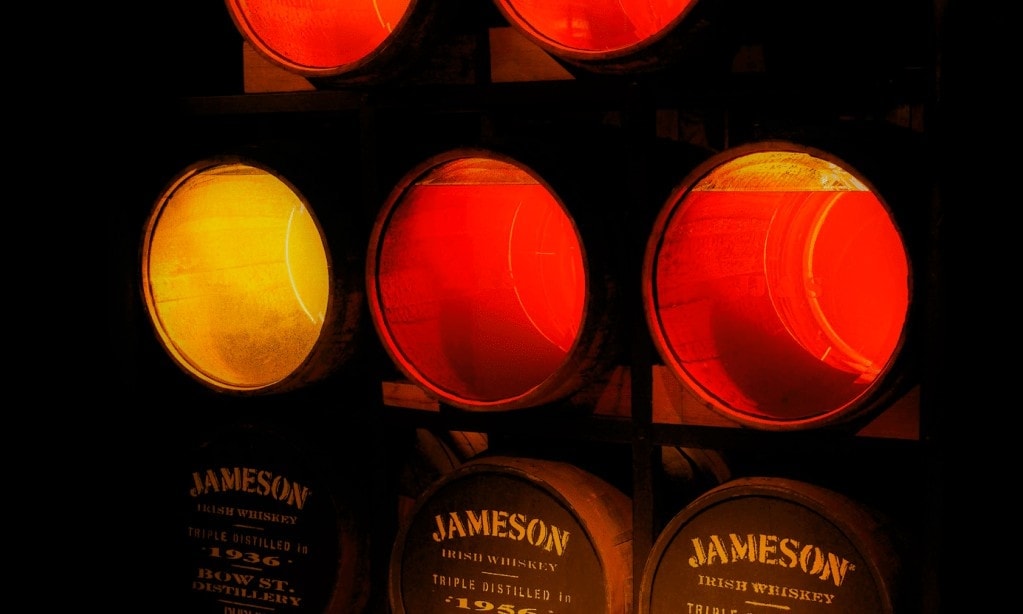Angel’s share. What is it? Do angels too have a drinking habit that we should know of? Do they also look forward to Fridays and complain about weekends being short like we do? Are hangovers something they also struggle with on Sunday mornings?

To make sense of all these, a brief overview of the whiskey-making process would help shed some light.
The aging of most whiskeys takes place in oak barrels. The main purpose of using the oak barrels is to remove the undesirable parts of the distillate (such as sulfur), reduce the percentage of alcohol and to intensify the subtle flavours of the distilled spirit. All these it achieves through absorption. In return, due to its heavily charred nature, the oak barrel imbues the whiskey with the unique flavours that we all enjoy.
So how do the angels get their share in all this? Due to the porous nature of the oak barrels, about 2% of the total volume evaporates during the critical aging process. It is this evaporated volume that is presumably savoured by the guardian angels who watch over the precious liquid as it ages.
A range of factors affect the rate of evaporation, the main one being humidity. In low humidity areas, more water content evaporates from the barrel. This gives the beverage a higher alcoholic content. On the other hand, higher humidity areas would mean more alcohol evaporation. As a result, the beverage would be less alcoholic.
The angel’s share phenomenon, however, has its own downside. Specifically when it comes to the whiskeys and scotches which undergo many years of aging. An example would be a twelve-year-old scotch, such as the Glenfiddich 12-year-old. By the time it is ready for consumption, assuming it losses 2% per year, it shall have lost 24% of its liquid content to the angels. This may not go down so well for the manufacturers, right?
So next time you describe your whiskey as full-bodied, smooth, or robust, do not forget to thank the angels for it.
